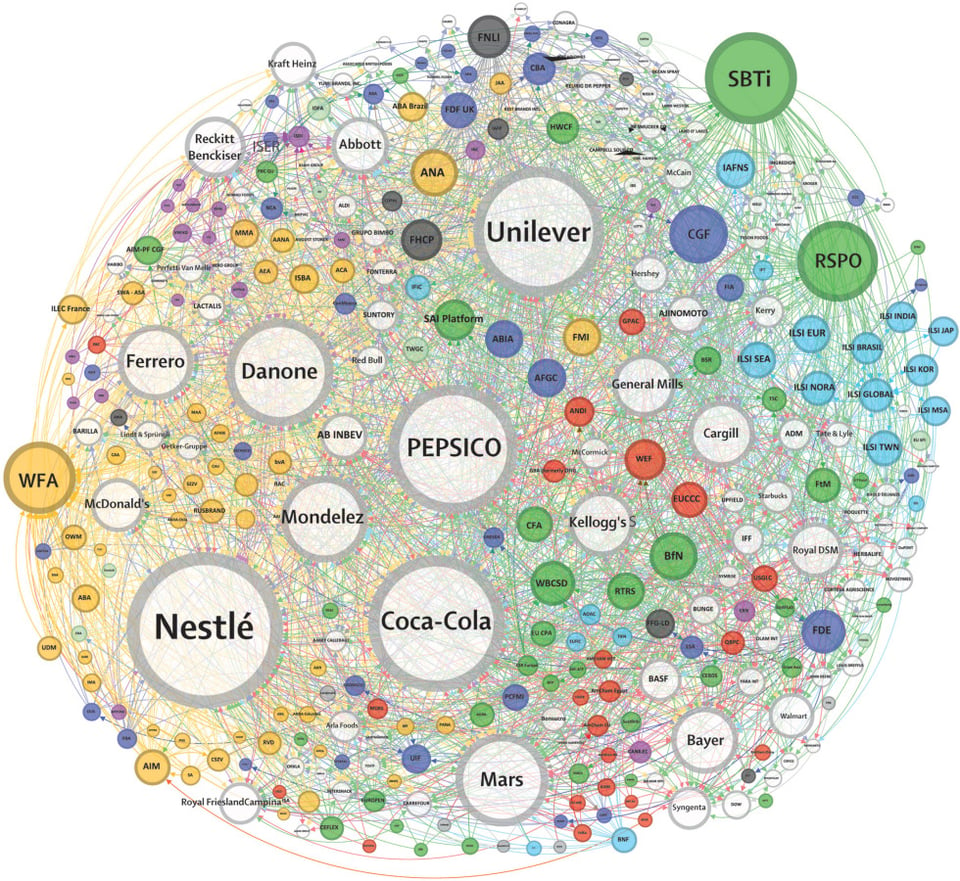Eat This Newsletter 288: Adverse
Hello
If a study of foods and health suggests “adverse outcomes across nearly all organ systems” I’d want to minimise those foods. On the other hand, banning a food additive outright when the very cautious tolerable daily limit is hundreds of times lower than you would ever be able to eat in a day, that seems too much protection. Regulators just can’t win, can they?
Those Lancet Papers

Last week saw publication in The Lancet of three important papers addressing the science, policy, and politics of ultraprocessed foods. I have read only the abstracts. I have, however, read Marion Nestle’s summary. She is one of the authors on the policy paper, and for all three her bullet points give a clear summary of the main points. Bulleting further:
- The science indicates clear evidence of harm;
- Policies are available to limit the harm;
- But politics suggests that policies will be enacted and successful only over the UPF industry’s dead body.
If you want more, a lot more, Thin Lei Win’s newsletter does the job.
Keeping Big Beef Honest
Tyson Foods, the second largest meat company in the world, has agreed to drop all claims that its Brazen Beef is “climate smart” and will reach “net zero” greenhouse gas emissions by 2050 after a law suit brought by the Environmental Working Group.
EWG’s news release explains the basis for its complaint that Tyson made false or misleading marketing claims that might influence customers concerned about climate change. It also gives details on GHG emissions by cattle in general and Tyson’s cattle in particular, and how Tyson had no plans in place to reduce emissions.
Tyson, for its part, is clear on why it will no longer make those claims, according to the Reuters report.
“The decision to settle was made solely to avoid the expense and distraction of ongoing litigation and does not represent any admission of wrongdoing by Tyson Foods,” a company spokesperson said.
Tyson’s settlement came a day after the US subsidiary of JBS Group, the world’s largest beef producer, paid up $1.1 million to settle a suit brought in New York that accused the company of “advertising that the JBS Group would reach “net zero” greenhouse gas emissions by 2040, despite having no plan to actually achieve it.”
Just the cost of doing business …
Oh Poop!
Quite apart from the contributions of their burps and farts, cattle are affecting our environment via their poop too. Offrange magazine has an article based on a study from earlier this year showing that antibiotic-resistant bacteria and the genes that confer resistance are an important threat to global health.
In itself that’s nothing new, but the article does pull together various strands to make the case for reserving the use of antibiotics to treat actual illness rather than as a growth promotor. And of course there are ways of keeping cattle that help to prevent them getting sick in the first place. Like I said, nothing new, but good to know.
The Much Misunderstood Tonka Bean
People in the United States have been protected from the harmful effects of the tonka bean, seed of the Dipteryx odorata tree, since the FDA stepped in to ban it in 1954. We in Europe can still delight in its complex aroma — “a sweet blend of cinnamon, clove, almond, vanilla, and caramel, sometimes with hints of cherry or freshly cut hay” — despite the European Food Safety Authority’s determination that it’s active ingredient, coumarin, is of concern, and that humans should not ingest more than 0.1 milligrams of coumarin per kilogram of bodyweight per day.
To reach the Tolerable Daily Limit (TDI) of the EU one would need to eat between 25 and 30 whole tonka beans, “or around 250 servings, in one sitting”. The FDA’s total ban on added coumarin in foods does seem to be a bit much, in contradistinction to so many other differences in food safety between the EU and the US.
All this, and much more, I learned from an interesting article on tonka beans in JSTOR Daily.
Take care

P.s. The diagram of interconnections among UPF industry players is from The Lancet, with a detailed explanation.